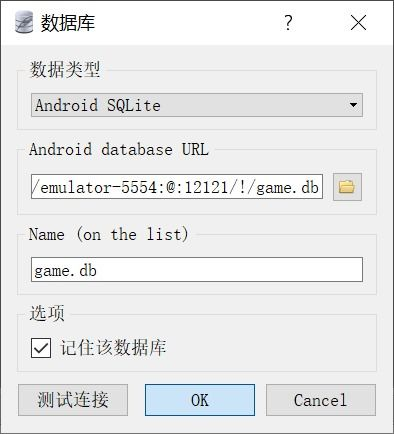MySQL Accessing Oracle Database, A Comprehensive Guide
Understanding MySQL and Oracle Database Systems
MySQL is an open-source relational database management system that is widely known for its reliability and ease of use. On the other hand, Oracle Database is recognized for its robust features and capabilities, especially in enterprise environments. Understanding the differences between these two systems is crucial when planning to connect them. MySQL primarily works with SQL (Structured Query Language) while Oracle offers additional features such as PL/SQL for procedural programming. This can affect how queries and data manipulations are handled when accessing Oracle data from MySQL.
Setting Up the Environment for MySQL to Oracle Connection
To successfully connect MySQL to Oracle, certain prerequisites must be in place. First, ensure that the Oracle Client is installed on the server or machine where MySQL is running. The Oracle Instant Client is usually sufficient for this purpose. Once installed, you need to configure the Oracle client’s tnsnames.ora file to include the service you want to connect to. This file defines the connection parameters, including the hostname, port, and service name, which MySQL will use to reach the Oracle database.
Next, install an ODBC (Open Database Connectivity) driver that supports Oracle. The ODBC driver acts as a bridge, translating SQL queries from MySQL into a format that Oracle can understand. Among other options, you can use the Oracle ODBC Driver, which is officially provided by Oracle. Make sure to configure the ODBC data source in your system settings, as this will be crucial for establishing the connection.
Establishing the Connection Between MySQL and Oracle
With the environment set up, the next step is to establish a connection from MySQL to Oracle. The connection can be made through various methods, including the use of a specific MySQL feature or a third-party tool such as MySQL Workbench. If you are using MySQL Workbench, you can create a new database connection and select the ODBC data source you configured earlier. Input the necessary connection details such as username, password, and the Oracle database's service name.
For direct SQL queries, you may execute commands through the MySQL console. Use the SELECT statement with a proper connection string, ensuring to format the SQL syntax according to Oracle’s requirements. Testing the connection is critical; look for error messages that may indicate issues related to permissions, network accessibility, or incorrect parameters in your connection strings.






